Russia launched the Luna-25 lunar probe into space on August 11, relaunching its lunar exploration program after nearly 50 years. According to RT, the goal is for the probe to land on the moon's south pole on August 21. If it lands successfully on that day, Luna-25 is expected to arrive two days ahead of India's Chandrayaan-3 probe. In the race to see who lands on the moon's south pole first, according to Reuters, the Russian Space Agency (Roscosmos) has reassured that the two missions will not cause trouble for each other because the landing zones are different. Previously, all probes landed in the equatorial region of the moon.
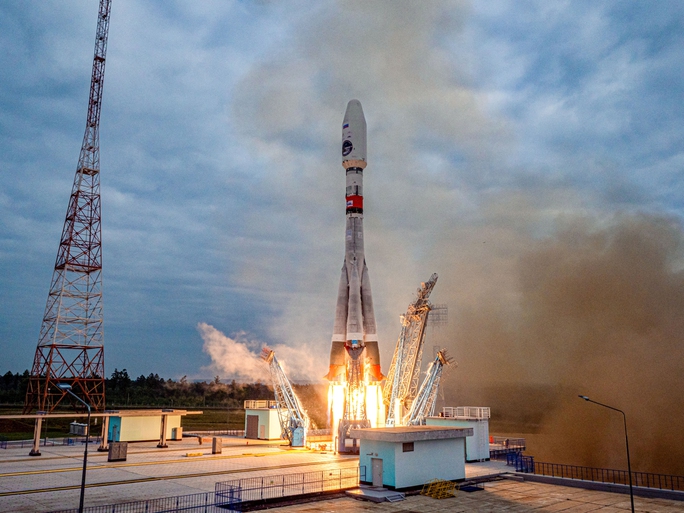
Luna-25 spacecraft was launched into space at the Vostochny Space Center in the Amur region of Russia on August 11. Photo: REUTERS
According to RT, Luna-25 is the first lunar probe built in modern Russia. Previously, the Soviet Union had carried out 24 official Luna missions from September 1958 to August 1976. The goal of Luna-25 was to conduct scientific research in the south polar region of the moon. The spacecraft was equipped with equipment to analyze the composition of lunar soil, plasma and dust in order to find rare minerals. The landing site was chosen near the Boguslavsky crater.
According to Reuters, Luna-25 is about the size of a small car and is expected to operate at the moon's south pole for about a year. This is where scientists from several space agencies, including the US National Aeronautics and Space Administration (NASA), have recently discovered traces of water ice. Roscosmos Director Yuri Borisov said they plan to conduct at least three more lunar exploration missions in the next seven years. After that, Russia and China could cooperate on a manned lunar exploration mission.
The United States and China also have programs to explore the lunar south pole, where the rugged terrain makes landing difficult. But discovering water ice could be a historic achievement. Sufficient amounts of water ice could be used to extract fuel and oxygen, as well as make drinking water. Finding a reliable source of water, if available, would be crucial to any effort to establish a permanent human presence on the moon.
According to the South China Morning Post, China has been developing spacecraft and other equipment to serve the goal of sending astronauts to the moon by 2030. In addition, China and the US currently have a program to establish a permanent base on the moon, with humans present in the south polar region. NASA recently said that the Artemis II mission to send four astronauts to lunar orbit is still scheduled to take place in November 2024.
However, there are concerns that NASA's plan to return astronauts to the moon by 2025 could be delayed because SpaceX's Starship is not ready.
Previously, according to RT, the Soviet space program also recorded some firsts with the Luna probe. In January 1959, Luna-1 became the first spacecraft to leave the Earth-Moon system. In September 1959, Luna-2 became the first man-made object to reach the moon. In March 1966, Luna-10 became the first artificial satellite of the moon. The last Soviet lunar mission, Luna-24, brought lunar soil samples to Earth for study in August 1976.
India's Ambitions
India had ambitions to become the first country to land a probe on the south pole of the moon with its Chandrayaan-2 mission in September 2019. However, the lander was destroyed during the mission. Meanwhile, Japanese and Israeli lunar landing missions in 2022 and 2019 respectively failed.
By July 2023, India will launch the Chandrayaan-3 mission with the goal of landing on the South Pole of the Moon on August 23, completing a 40-day journey. The Indian Space Research Organization (ISRO) on August 6 released the first images sent back by the Chandrayaan-3 spacecraft after reaching lunar orbit a day earlier. After Chandrayaan-3 is in orbit 100 km above the lunar surface, the Vikram lander (carrying the Pragyan rover) will separate and land on the lunar surface. Both will conduct activities and experiments on it for several weeks. India has spent 6 billion rupees (about 1,722 billion VND) on this mission. If successful, India will join the list of a few countries that have sent a lander to the moon.
The Chandrayaan-3 launch is India's first major mission after Prime Minister Narendra Modi's government announced policies to boost investment in the space race. Since 2020, India has opened up to private sector investment, which has seen the number of space startups double. ISRO has also agreed with NASA on a joint mission in 2024 that will take an Indian astronaut to the International Space Station (ISS).
Spring Mai
Source



![[Photo] Prime Minister Pham Minh Chinh attends the event "Digital transformation of the banking industry by 2025"](https://vphoto.vietnam.vn/thumb/1200x675/vietnam/resource/IMAGE/2025/5/29/0e34cc7261d74e26b7f87cadff763eae)
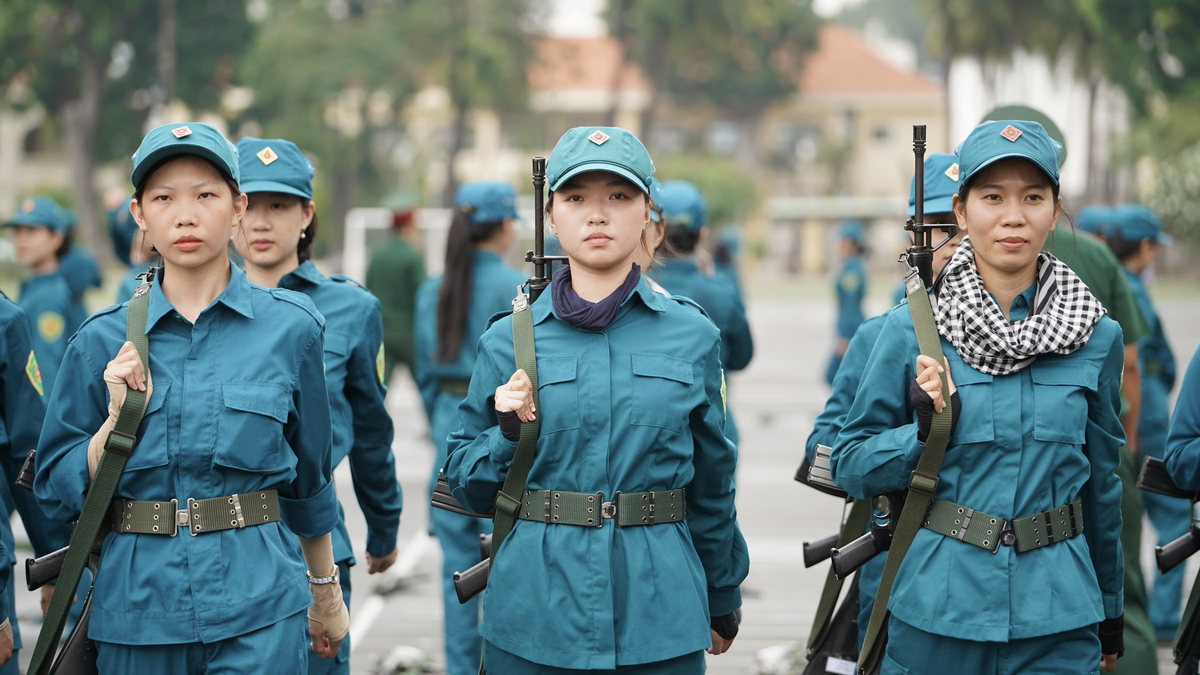
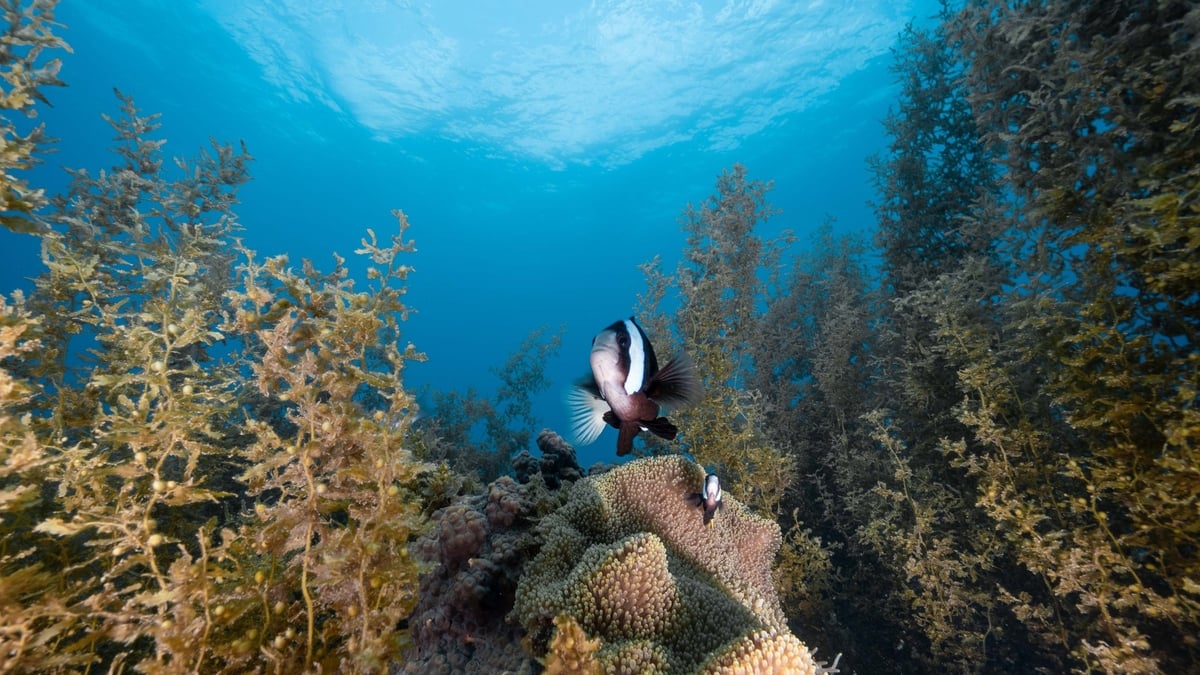

![[Photo] Prime Minister Pham Minh Chinh receives leaders of Excelerate Energy Group](https://vphoto.vietnam.vn/thumb/1200x675/vietnam/resource/IMAGE/2025/5/29/c1fbe073230443d0a5aae0bc264d07fe)
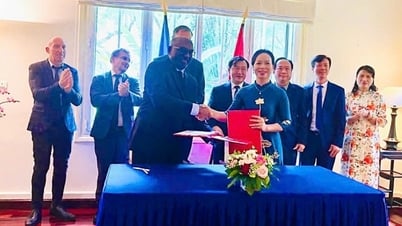













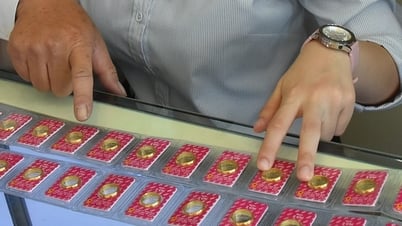


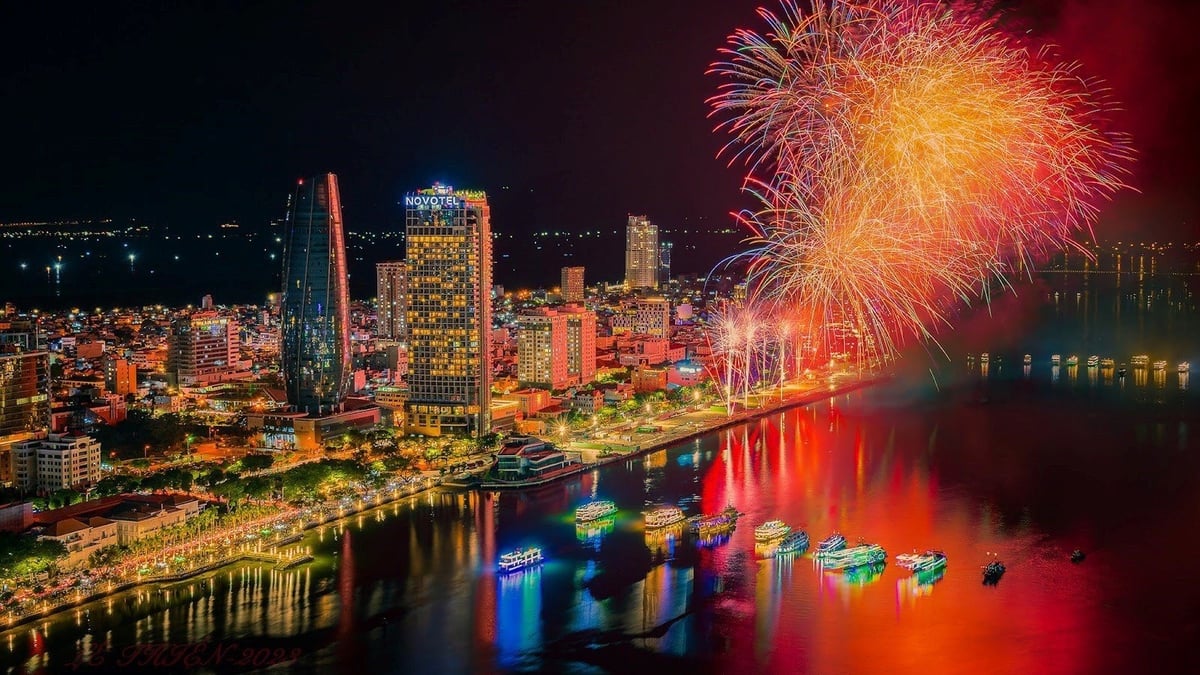




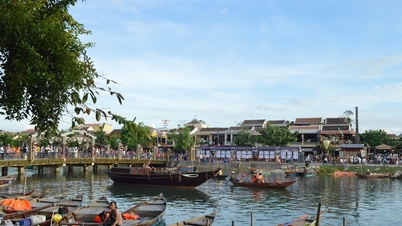

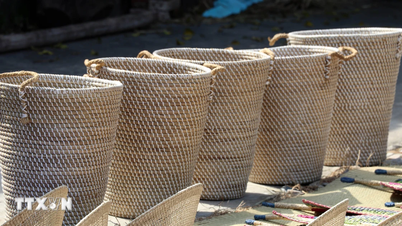















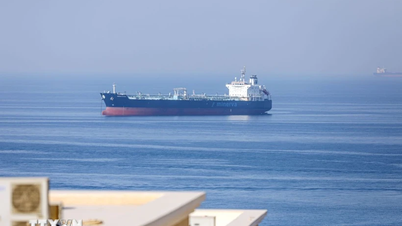







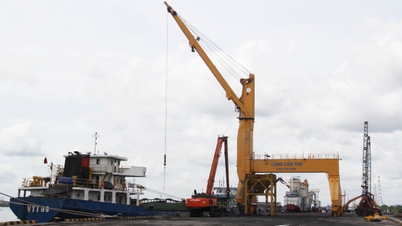





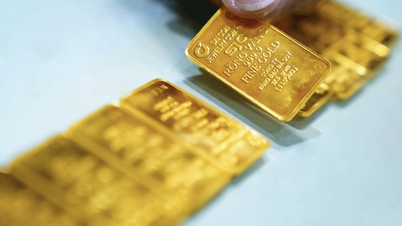







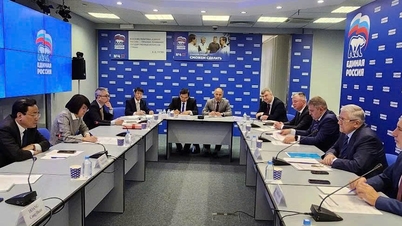

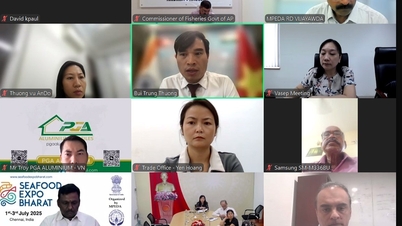






















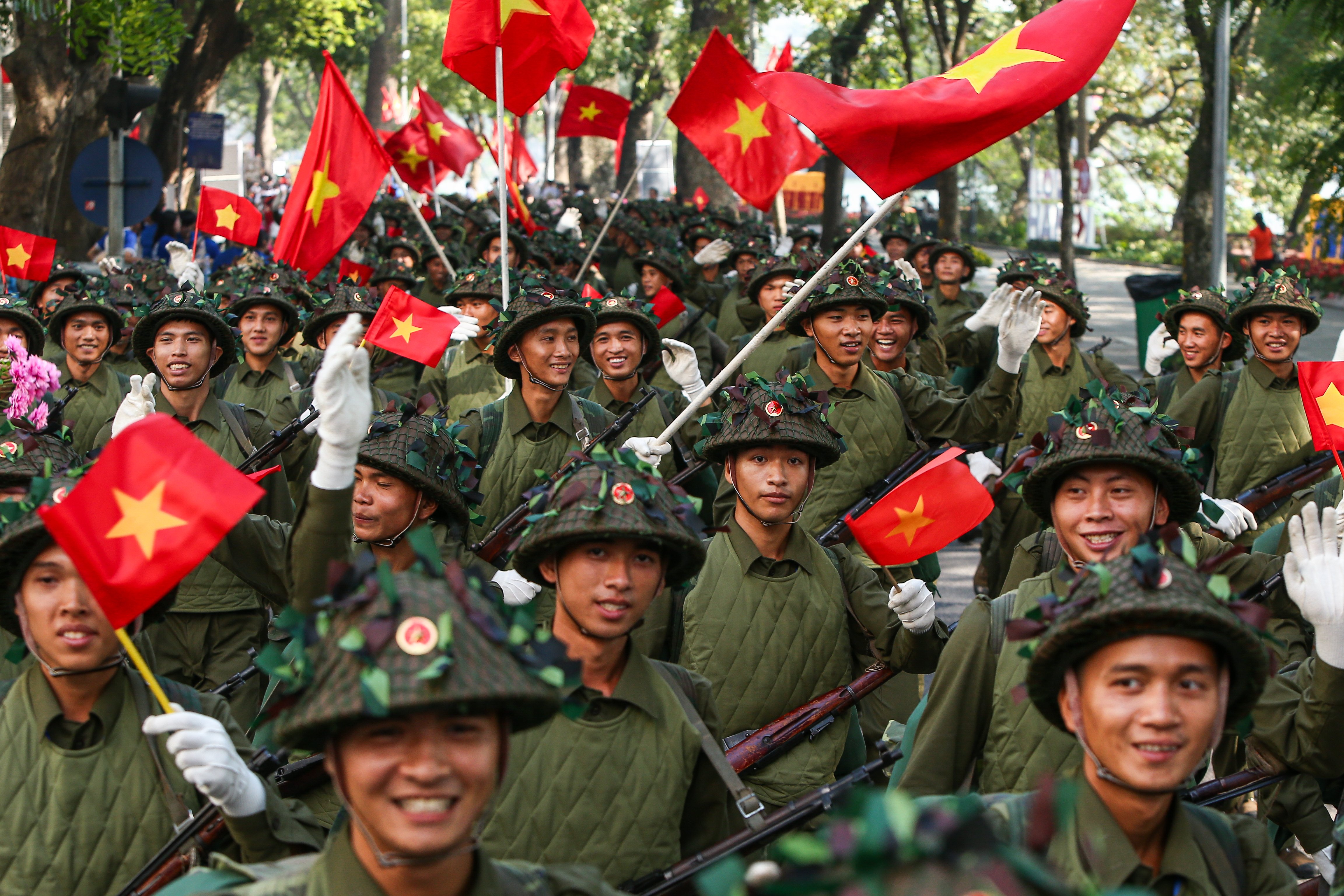



Comment (0)